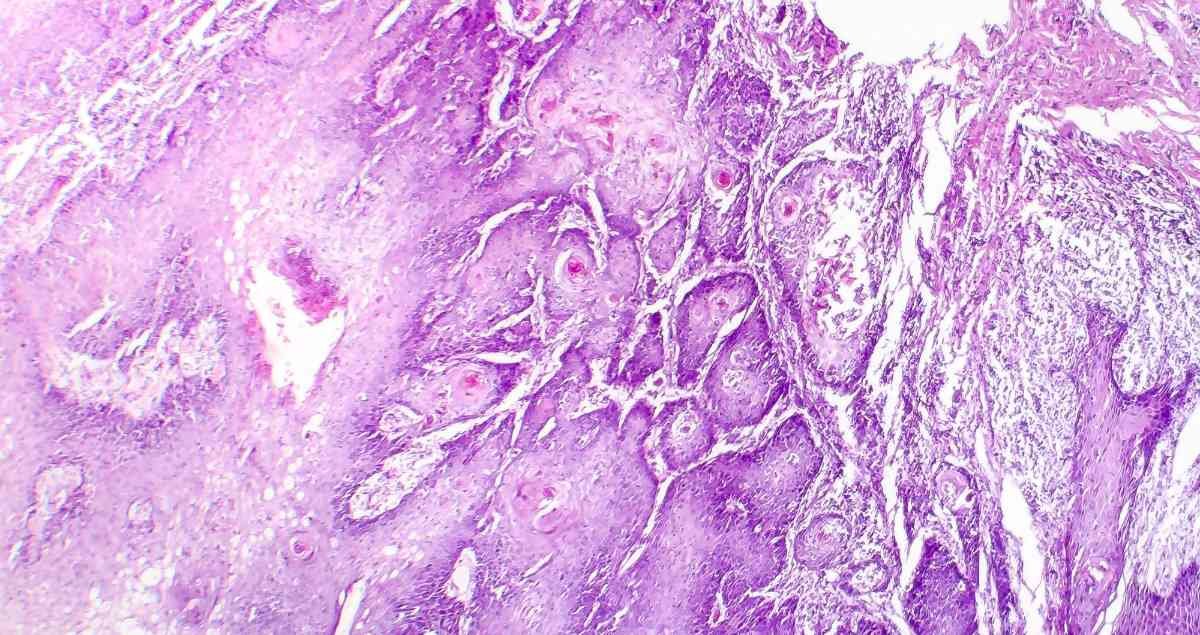Hepatitis Treatment, a liver infection transmitted by the virus increasing the risk of serious or life-threatening liver illness, has been globally among paramount health issues for decades. The pandemic can turn chronic, thereby leading to the condition of liver cirrhosis, liver cancer or liver failure which primarily calls for the hunt of therapeutic approaches and a definite cure. The recent breakthroughs have left many expecting key new developments such as “new drugs for hepatitis B” and eventually “full cure” making the front pages. In this article, we will go through the land of hepatitis B treatment, which occupied by the recent news and offspring treatments.
Understanding Hepatitis B
Transmission of hepatitis B occurs when one comes in contact with infectious body fluids like blood, sperm and other body fluids, which are from the infected person. Chronic pain can have an effect either way, as it can appear as an acute condition or chronic, and along with its serious impact on health, it is very much disabling. In 2019, the World Health Organization states that out of all the people in the world who had hepatitis B. the agency reportedly said was 296 million.
Current Treatments
Over the years the treatment strategy for hepatitis B is built on the management of symptoms and prevention of cirrhosis and liver malignancies. If antiviral drugs such as tenofovir or entecavir are prescribed, this activities in reducing viral load and liver inflammation assured that the risk of liver disease is lowered off. On the other hand, namely, these methods will not guarantee a success and they will still work for a long term.

Breakthroughs in Hepatitis B Treatment
New Treatments and Research
This last decade has noticeably shown a progress in “novel ways” to eliminate hepatitis B with the scientific community pursuing functional cure which means that the virus will either completely disappear or be permanently under control without lifelong pills.Key developments include:
- Antiviral Therapies: Novel antiviral drugs are being developed that aim to more effectively reduce or eliminate the HBV in the liver.
- Immune Modulators: These therapies aim to enhance the body’s immune response to HBV, helping the body to fight the virus more effectively.
- RNA Interference (RNAi) Therapy: This innovative approach involves silencing specific genes associated with HBV replication, showing promise in early clinical trials.
“New Cure for Hepatitis B”
The idea of the “hepatitis B cure” is developing with researchers aiming for functional and absolute remission, respectively. The functional cure implies that the virus cannot be found in blood and that liver damage will be full stop and virus can still be undetectable in low levels. A complete heal-all treatment will eliminate the infection totally. Several promising research avenues have recently been explored:Several promising research avenues have recently been explored:
- CRISPR/Cas9 Technology: This gene-editing tool has been studied for its potential to target and eliminate HBV DNA within the liver, offering a potential pathway to a cure.
- Therapeutic Vaccines: These aim to boost the immune system’s ability to fight HBV, potentially leading to a cure for those already infected.
Hepatitis B News
In the headlines of “HBV cured with the latest news”, there is news about experimental treatments being tried out and actual results are disclosed. On the other hand, a concerting effort across various pharmaceutical companies, academic establishments, and government organizations to fast track the discovery of a cure which is indicative.
The Challenge of Bacterial Meningitis Isolation
Though not taking a part in Hepatitis B, bacterial meningitis isolation is the huge area in managing infectious diseases and especially those affecting liver and its connected system at the same time. By analogy with closed precautions that are applied with infectious hepatitis patients, infectious sites like meningitis bacterial infection that occurs on the protective membranes covering brain and spinal cord are designated to be thoroughly separated under isolation treatment so as to prevent spread of the disease.
Conclusion
The milieu of hepatitis therapy is in the midst of an adventurous period of discoveries, in which a slate of new therapies and a once-thought-impossible cure are awaiting on the horizon. Throughout publication ‘hepatitis b news’ which seems the breakthroughs remains, the world hepatitis will confront with that becomes a public health threat by continuously growing strong. People with hepatitis B should be up-to-date when these “new treatment for hepatitis b” therapies become available in the medical field and must get a healthcare provider’s advice for emerging therapies. The process of the cure is known, nevertheless, we can only feel a moment of pride when each progress puts us nearer to the desired goal – winning the battle against hepatitis B.










